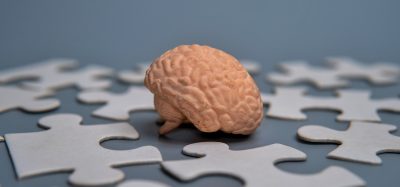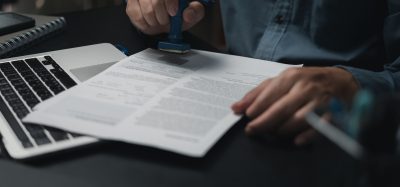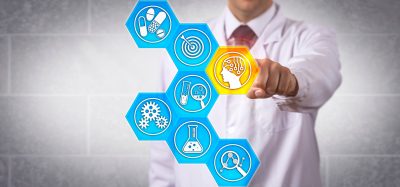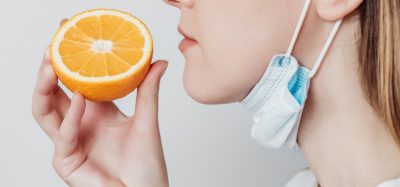Blueprint for adapting US labs for COVID-19 diagnostic testing
Posted: 13 May 2020 | Victoria Rees (Drug Target Review) | No comments yet
Researchers in Boston have repurposed their lab into a centre to test samples for COVID-19, releasing a blueprint of how to do so for other labs in the US.
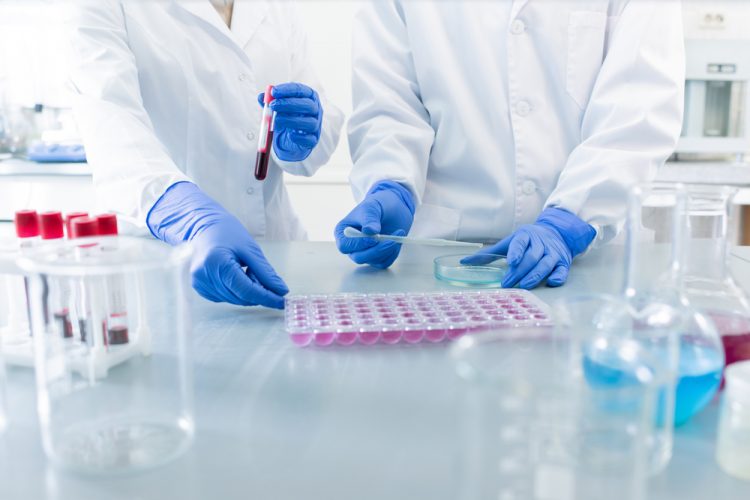

In a new paper, a team of investigators from Boston University School of Medicine and Boston Medical Center (BMC), both US, outline how they adapted their lab to test patient samples for SARS-CoV-2 and provide a blueprint for other labs that wish to do the same thing.
During the COVID-19 pandemic, demand for SARS-CoV-2 diagnostic testing has far outweighed the supply, leading academic research scientists to begin converting their labs to testing facilities, say the scientists.
“As with other basic biology labs across the country, we were forced to shutter operations due to the pandemic,” said senior author George Murphy, an Associate Professor of Medicine in the Division of Hematology and Oncology at Boston University. “We saw that our friends and colleagues at BMC were going into battle on the front lines of this pandemic, but that they were having to wait seven to 10 days for results from state and commercial lab facilities. This was unacceptable to us and we decided we needed to take action.”
As stem cell and molecular biologists, Murphy and the members of the lab had extensive experience developing and running the type of quantitative, real-time reverse transcriptase polymerase chain reaction (qRT-PCR) assay that was needed to detect the presence of viral RNA in patient samples.
The bigger challenge was adapting their lab to the strict policies required to run a Clinical Laboratory Improvement Amendments (CLIA)-certified, College of American Pathologists (CAP)-accredited diagnostic lab. The team requested and received emergency permission from the US Food and Drug Administration (FDA) to repurpose the lab and they began operating in less than a week. As of 20 April 2020, the researchers have already tested over 3,000 samples, with a sample turnaround time under 24 hours.
“For about a month or so, we were the only game in town,” Murphy added. “Results from samples that were sent out to large commercial labs were taking up to a week, but even a wait-time of 24 hours delays the ability to make decisions about whether or not someone needs to be isolated and whether precious personal protective equipment (PPE) should be used.”
The team developed a test that could be done with technologies and reagents that are likely to remain available. The test was also designed with the ability to use different reagents at each step of the process.
“Our assay is extremely flexible, allowing us to slot in various reagents at multiple points and eliminating potential supply-chain issues,” Murphy said. “Although we have gotten through the early stages of this pandemic, which involved the testing of critically ill and symptomatic patients during a time of acute need, everyone is going to soon need to transition into asymptomatic and surveillance testing. It may be extremely difficult for large commercial labs to contend with the enormous number of samples this will entail. We decided to share what we did so that other institutions can implement their own in-house testing.”
The team is also looking at expanding to other kinds of assays, including saliva-based tests.
The paper was published in Med.
Related topics
Disease Research, Government, Legal & Compliance, Research & Development
Related conditions
Coronavirus, Covid-19
Related organisations
Boston Medical Center (BMC), Boston University, College of American Pathologists (CAP), US Food and Drug Administration (FDA)
Related people
George Murphy



